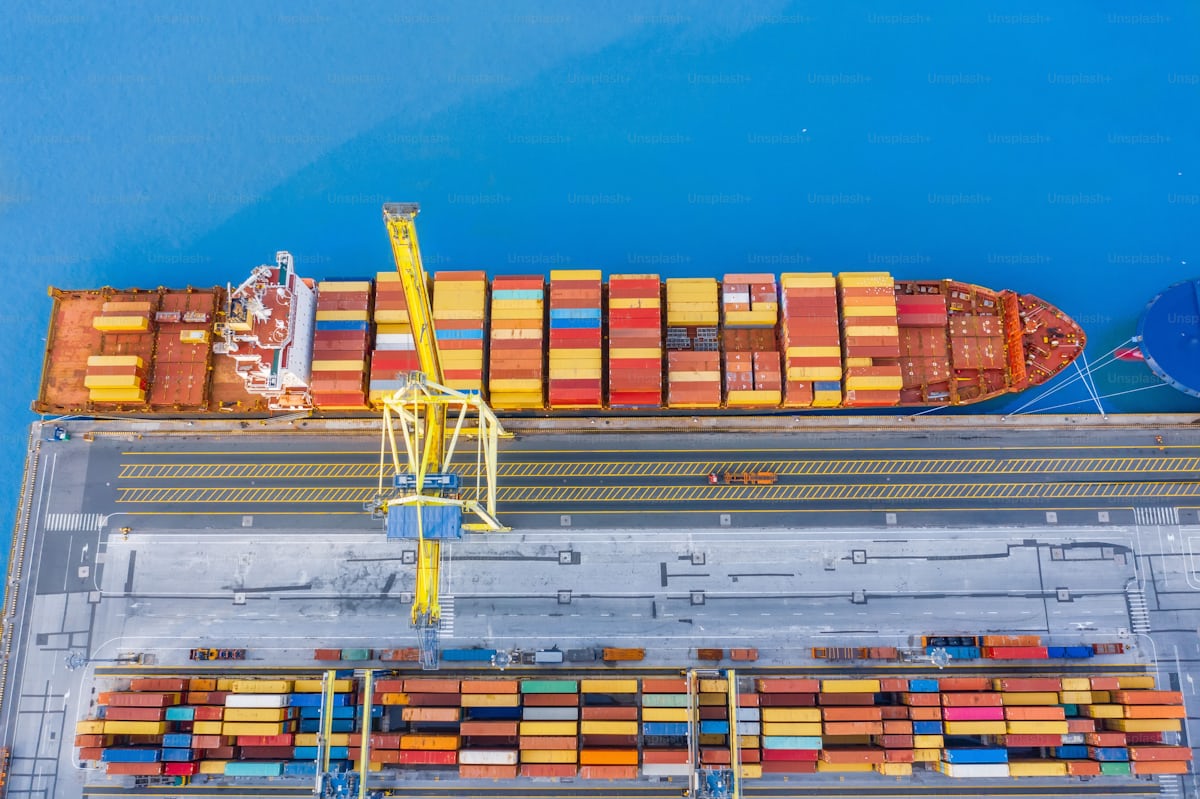Section 321: Understanding Its Impact on Trade Regulations
Section 321 plays a crucial role in understanding regulatory frameworks. It outlines specific guidelines and provisions that govern industry practices. By grasping the nuances of Section 321, readers can better navigate its implications and applications in various sectors.
Exploring Section 321 reveals how it can impact businesses and individuals alike. Knowledge of these regulations not only ensures compliance but also highlights opportunities for strategic advantage. This insight is vital for anyone involved in regulatory processes or affected by them.
Learning about Section 321 can empower stakeholders to make informed decisions. With an awareness of its stipulations, they can better align their strategies with regulatory expectations. Engaging with this topic is essential for those aiming to stay ahead in a rapidly changing landscape.
Overview of Section 321
Section 321 addresses specific regulations within trade policies, particularly regarding the importation process. Key components include its significance in promoting efficiency in customs procedures and the criteria that determine eligibility for its provisions.
Significance of Section 321
Section 321 simplifies the customs clearance process for certain low-value shipments. It allows goods valued up to $800 to enter the United States without formal entry procedures, expediting delivery.
This section encourages e-commerce by enhancing the efficiency of cross-border trade. By reducing the administrative burden on small shipments, it fosters growth for businesses engaged in international sales.
Furthermore, it aims to prioritize resources for higher-value shipments that may pose greater risks. This strategic focus contributes to better security and efficiency in customs operations.
General Eligibility Criteria
To qualify under Section 321, shipments must have a declared value below $800. This threshold applies to the total value of the goods, which includes transportation costs.
Eligible items should not be subject to any other restrictions, prohibitions, or permit requirements. Certain commodity types, like controlled or regulated products, may be excluded from this provision.
Shippers must ensure accurate declaration of values to prevent potential penalties or delays. This compliance is essential for maintaining the benefits that Section 321 offers and facilitating smooth customs processing.
Implementation Process
The implementation of Section 321 involves several key roles and compliance requirements that ensure proper adherence to regulations. This process requires coordinated efforts from various authorities to achieve effective and efficient operations.
Customs and Border Protection Role
Customs and Border Protection (CBP) plays a critical role in implementing Section 321. They are responsible for managing and facilitating imports valued at $800 or less.
CBP provides the following functions:
Assessment: CBP assesses shipments to ensure they comply with regulations.
Monitoring: They monitor trade data to identify patterns and prevent abuse.
Guidance: Providing guidance and training to importers helps ensure understanding of compliance requirements.
Additionally, CBP uses technology to streamline the customs process, ensuring timely clearance of eligible shipments.
Common Compliance Requirements
Compliance with Section 321 mandates certain requirements that importers must follow. Key compliance aspects include:
Value Threshold: Only goods valued at $800 or less qualify under this section.
Documentation: Importers must provide necessary documentation, including invoices.
Reporting: Regular reporting of imports is essential for CBP’s monitoring needs.
It is vital that importers maintain accurate records and ensure that their shipments do not exceed the established value limit. Non-compliance can result in penalties or increased scrutiny on future shipments.






